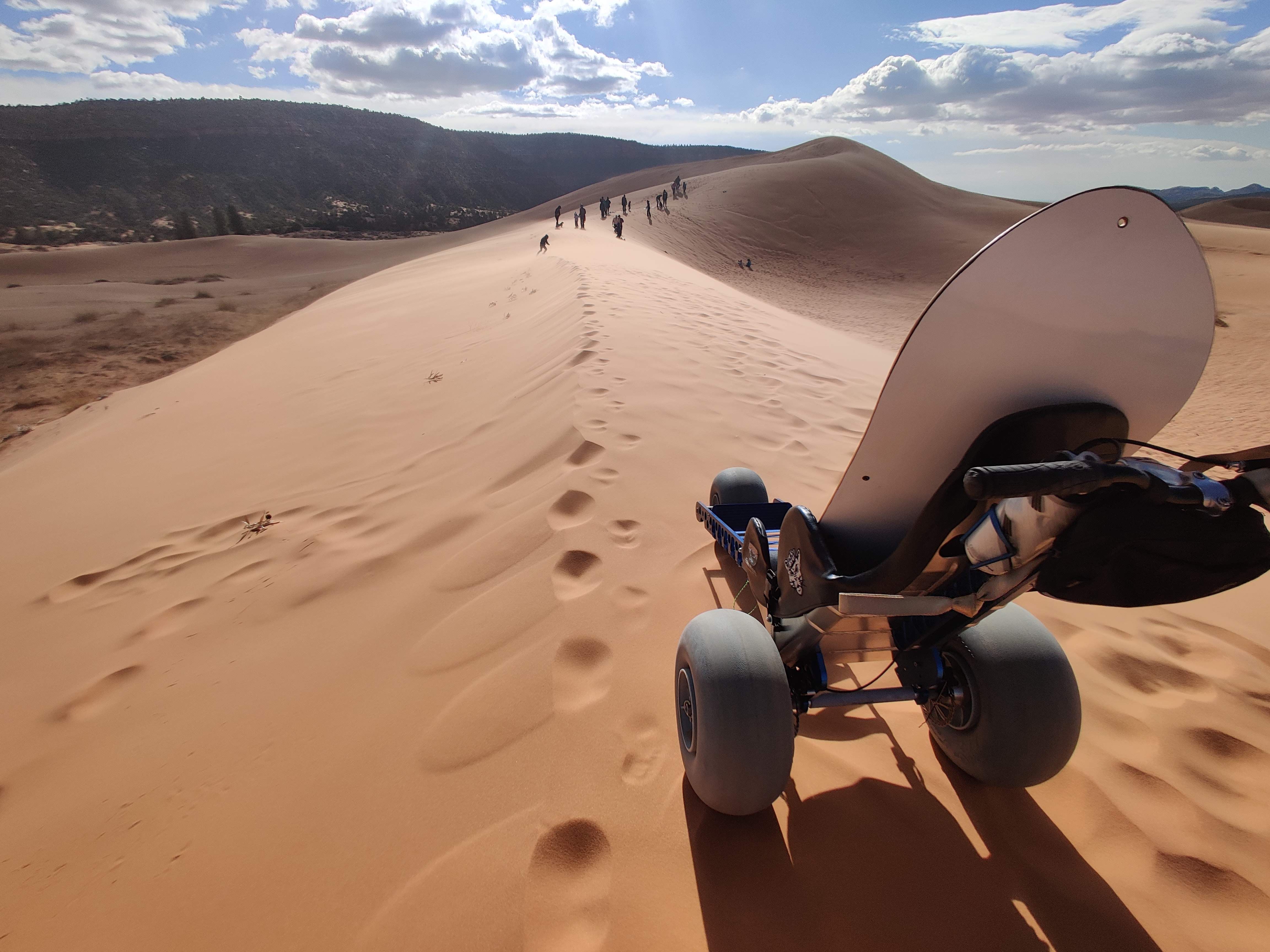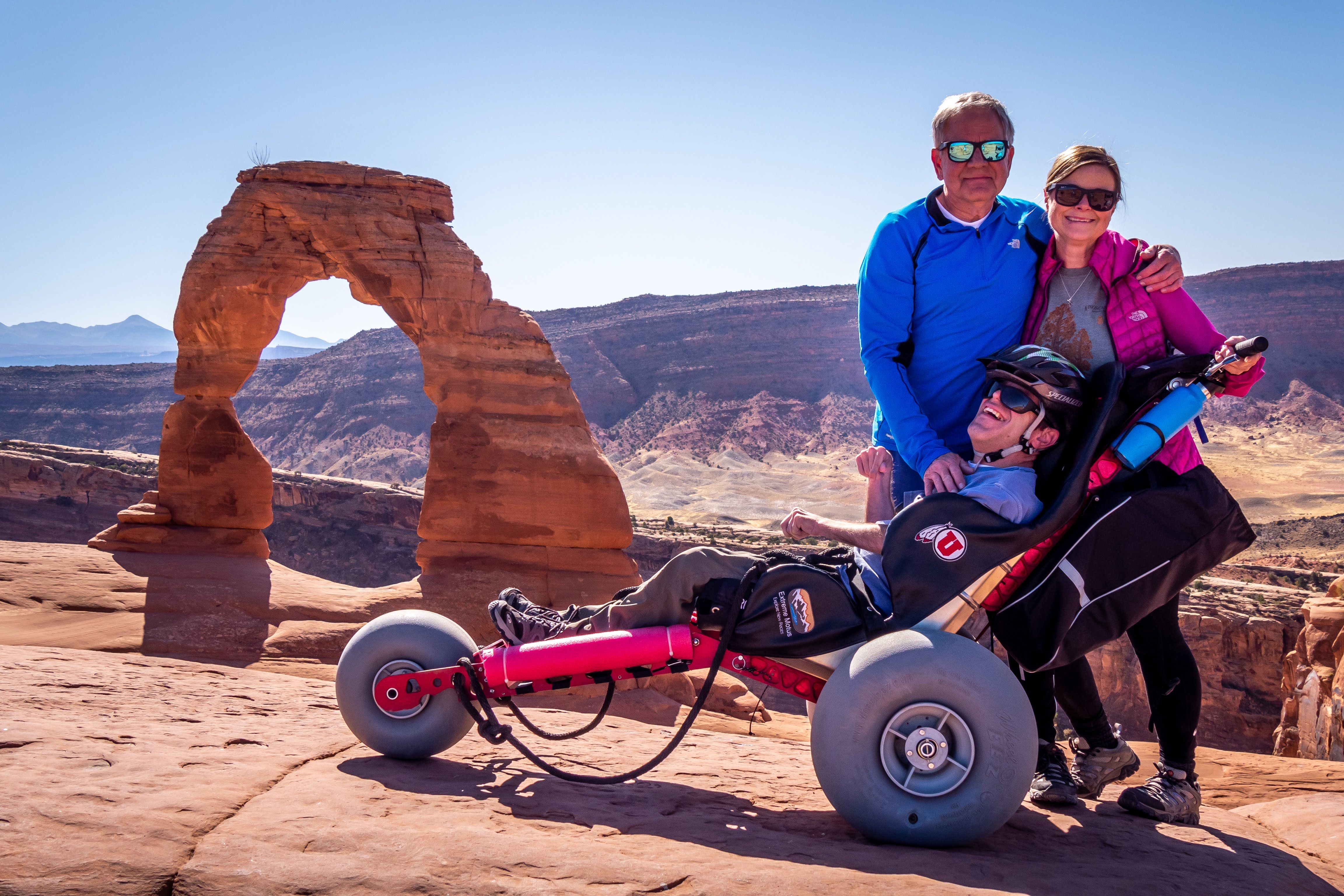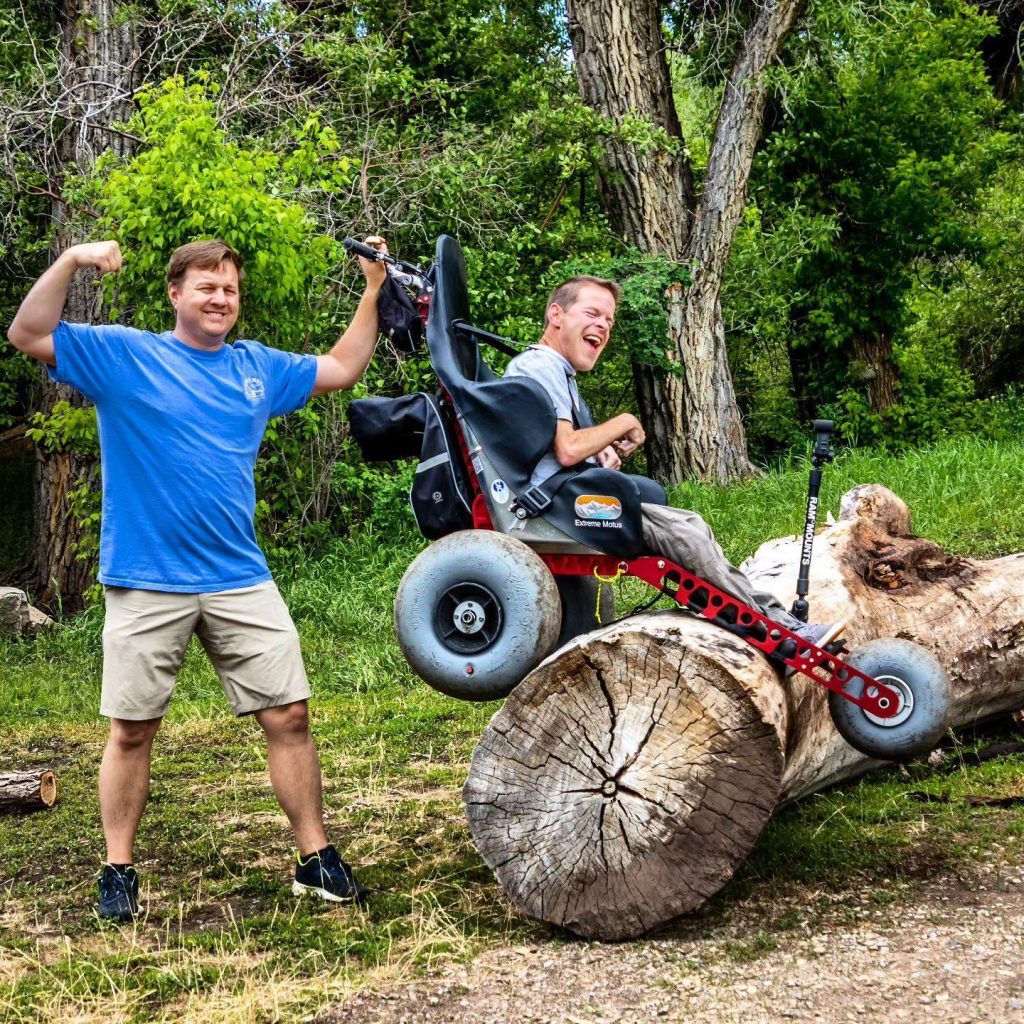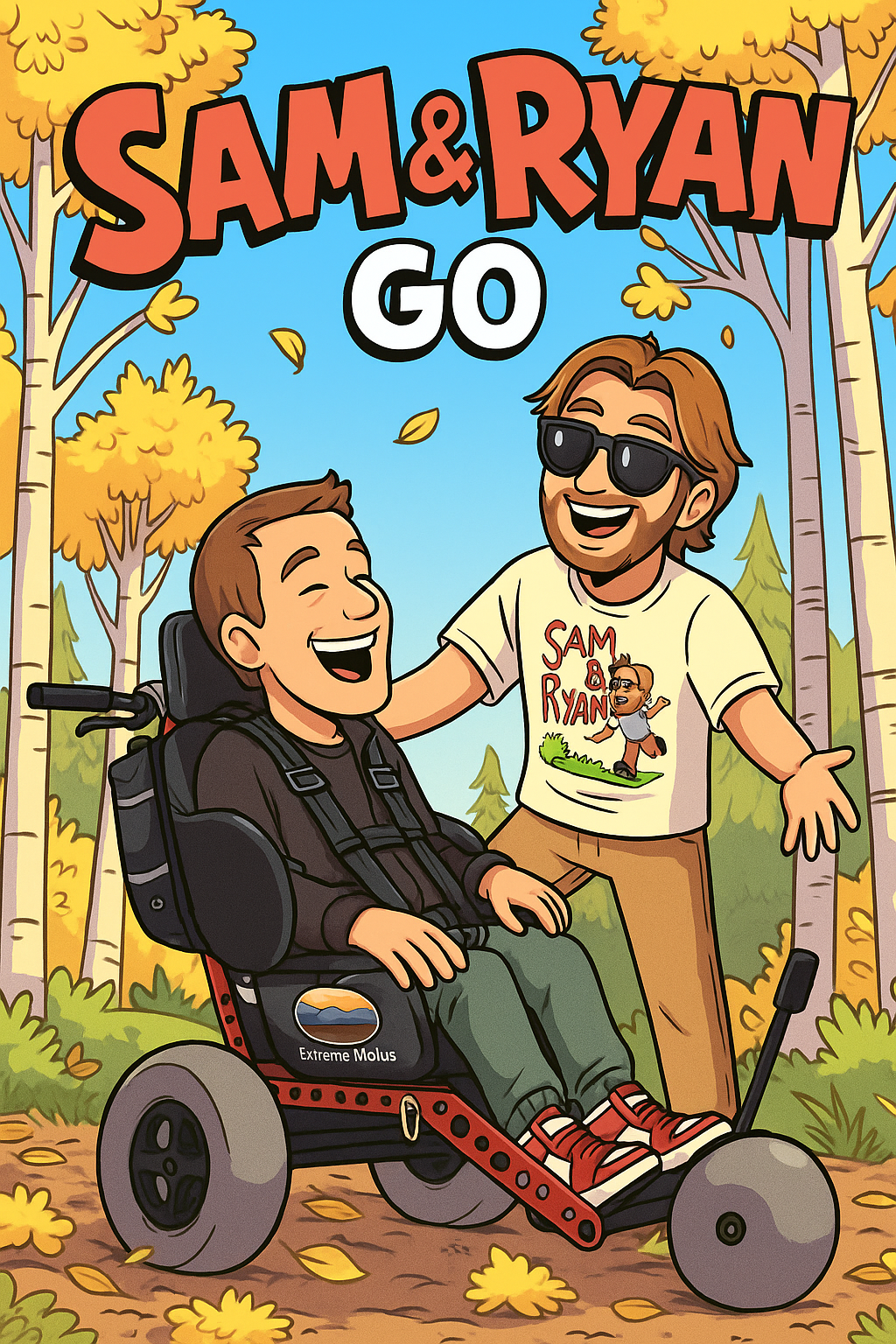Should State and National Parks Provide All-Terrain Wheelchairs?
Should State and National Parks Provide All-Terrain Wheelchairs?
The debate has often skirted around the fringes of park management discussions—should our state and national parks offer all-terrain wheelchairs to visitors?
For me, the answer reverberates with a profound, yes, echoing across the canyons and up to the tallest peaks protected within these sacred spaces.
As I’ve journeyed through the heart of our nation’s wilderness, engaging in heartfelt conversations with those who serve as guardians of these lands, I’ve often touched upon the subject of inclusivity.
Park rangers, with their deep-seated appreciation for nature’s expanse, are gatekeepers to an experience that many long for but cannot access.
When discussing provisions such as the Extreme Motus all-terrain wheelchair, their stance often concludes with a firm yet disheartening,
“We are not required to do that.”
Though the response is layered with the complex tapestry of regulations and resources, it falls like a silent note against the symphony of sounds in these outdoor cathedrals.
The Importance of Accessibility
Imagine, the serenity of an alpine lake reflecting the sky’s dance at sunset or the symphony of wildlife as dusk falls upon the forest—these moments shouldn’t be exclusive.
Access to our natural treasures is not just about traversing a trail; it’s about the transformative power of being amidst the beauty that is rightfully everyone’s to behold.

Our nation’s most remarkable landscapes aren’t lined with sidewalks; they sprawl out in trails, rugged and raw.
Yet, they are not beyond adaptation without altering their essence. All-terrain wheelchairs can extend beyond ramps and paved paths—it’s about giving the gift of experience, health benefits, and the pure joy of nature’s embrace to all.
Challenges Faced by People with Disabilities
For individuals with mobility challenges, the great outdoors can often feel like a distant realm—a world viewed from afar or through the eyes of others.
They face barriers that go beyond physical limitations; they shoulder the weight of missed experiences and the longing to venture into terrain where standard wheelchairs and traditional mobility aids falter.

Benefits of Providing All-Terrain Wheelchairs
Inclusivity is not merely a word; it’s an action. By providing specialized accessibility equipment, such as all-terrain wheelchairs, our parks become a canvas where moments become memories, where bonds are forged in the shared thrill of adventure.
Such equipment does more than serve its direct user.
It bridges gaps, allowing families to explore together, creating opportunities to connect in settings unbound by the typical constraints.
A parent shouldn’t have to sit by the van while others trek to the waterfall’s base. Inclusion means shared experiences—the roar of the waterfall is no longer a second-hand tale but a collective gasp of awe.
Providing all-terrain wheelchairs reshapes the landscape of possibility. It champions the idea that parks are not just passive spaces of respite but active vessels of inclusivity.
The mental and physical well-being reaped from being outdoors, from breathing in the earthiness of a forest after rain or feeling the grit of a desert trail under wheels, is immeasurable.

Counterarguments and Rebuttals
Concerns invariably arise about costs, preservation, utilization, and safety of the people using the equipment.
However, these challenges are not insurmountable. They’re opportunities—to innovate, to partner with corporations and nonprofits, and to lead by example. We hold the potential to ensure resources match resolve.
By wholesale adopting an empathetic lens, we see not limitations but pathways—pathways that meander and ascend, not only across our lands but within our ethos of preservation and access for all.
Successful Examples
Pockets of progress dot the country—parks that have heeded the call for access with tremendous results.
When they roll out welcome mats in the form of accessibility equipment like all-terrain wheelchairs, they receive gratitude that can’t be quantified.
Visitor feedback bursts with stories of firsts; families adventuring together, individuals experiencing self-reliance amid nature’s grandeur—these stories are a testament to what’s possible.
A Personal Story
Let me share a moment that remains etched in my heart. Standing at the foot of Utah’s Delicate Arch, alongside my friend Sam, I remember his chuckle, easy and joyful, as we witnessed the stone giant salute the sky.
But it was his mother’s tears that spoke volumes. For thirty-six years, she had sat with her son in the van while the other half of their family went on adventures.
As Sam’s Extreme Motus all-terrain wheelchair allowed their family to experience Utah’s most famous landmark together and she was overcome by emotion.
Together on an adventure, truly, for the first time. It was more than a visit to an arch; it marked an end to the inadvertent solitude of excursions halved.

Conclusion
Every person carries a rightful claim over the majesty of our parks, and we have the capability, and, the responsibility, to ensure their call to explore is answered.
It’s a journey toward empathy, adventure, and ultimately, unity. As custodians of these spaces and the experiences they offer, let’s strive for inclusivity, echoing the inclusive call of the wild to every soul, regardless of mobility.
So, let’s advocate, let’s support, and let’s provide—because nature’s beauty is infinite and should be accessible to all who seek its solace and splendor.
Every year, more families discover the freedom these chairs create—this Black Friday, demand is already building fast. By joining the early-access list, you secure your chance to order before the sale goes public on November 28, 2025.
Since 2019, Sam and Ryan have been demonstrating that nature is wheelchair accessible with the Extreme Motus All Terrain Wheelchair. From National Parks to Skateparks, their adventures prove that a manual off-road wheelchair can offer laughter and joy while navigating diverse terrains.
Join us as we continue to share these inspiring journeys.

Light, comfortable, and compact, the Extreme Motus glides over sand, rocks, grass, gravel, and even floats in water.
It’s more than a outdoor wheelchair; it’s your ticket to freedom. Embrace the outdoors with confidence, knowing our off-road wheelchair is engineered for durability and ease of use.
Be the first to hear about new gear, upcoming adventures, and exclusive offers. As a welcome gift, enjoy $10 off your first Motus T-Shirt when you subscribe.
By subscribing you agree to receive marketing communications from Extreme Motus, including product updates, promotions, and special offers. I understand I can unsubscribe at any time.



